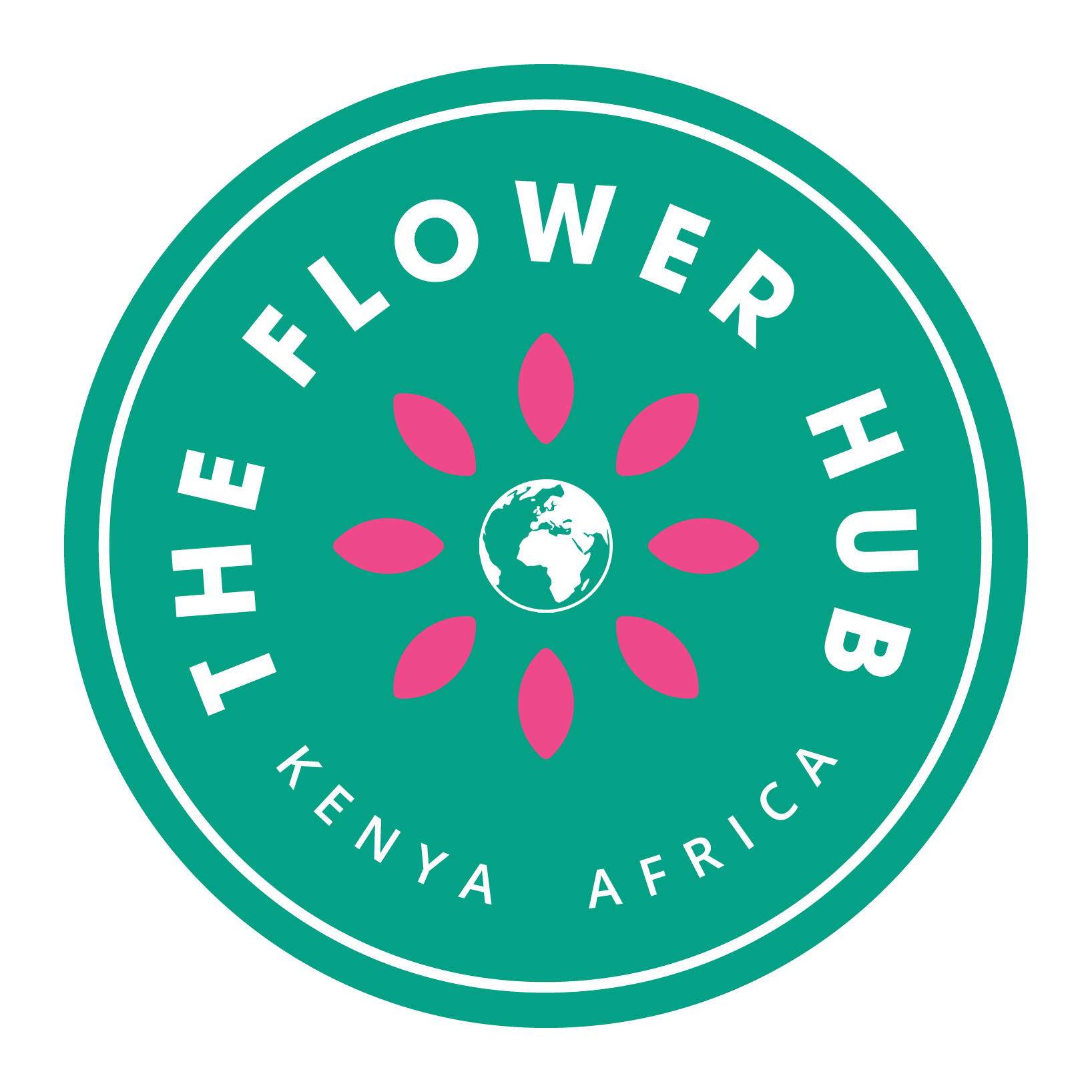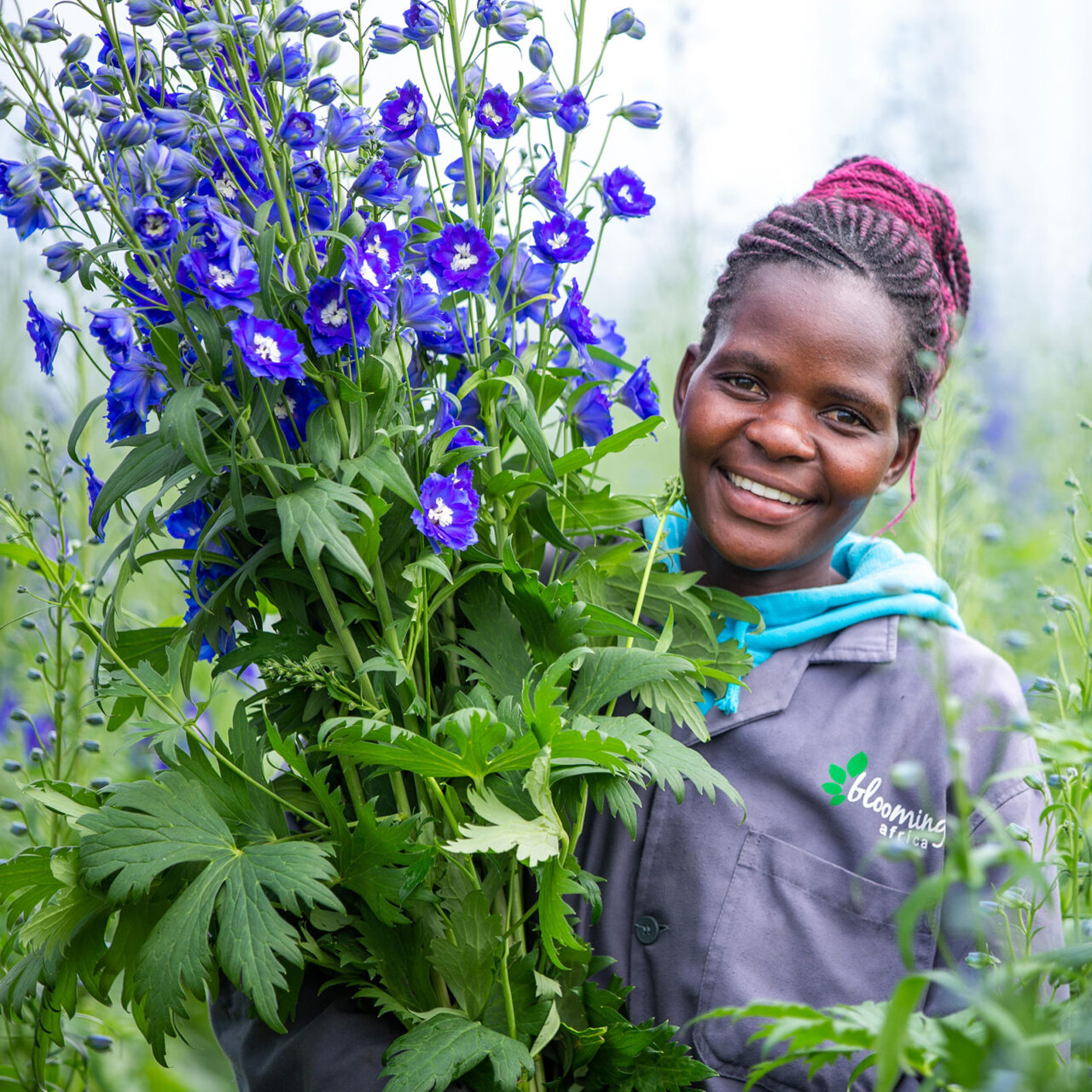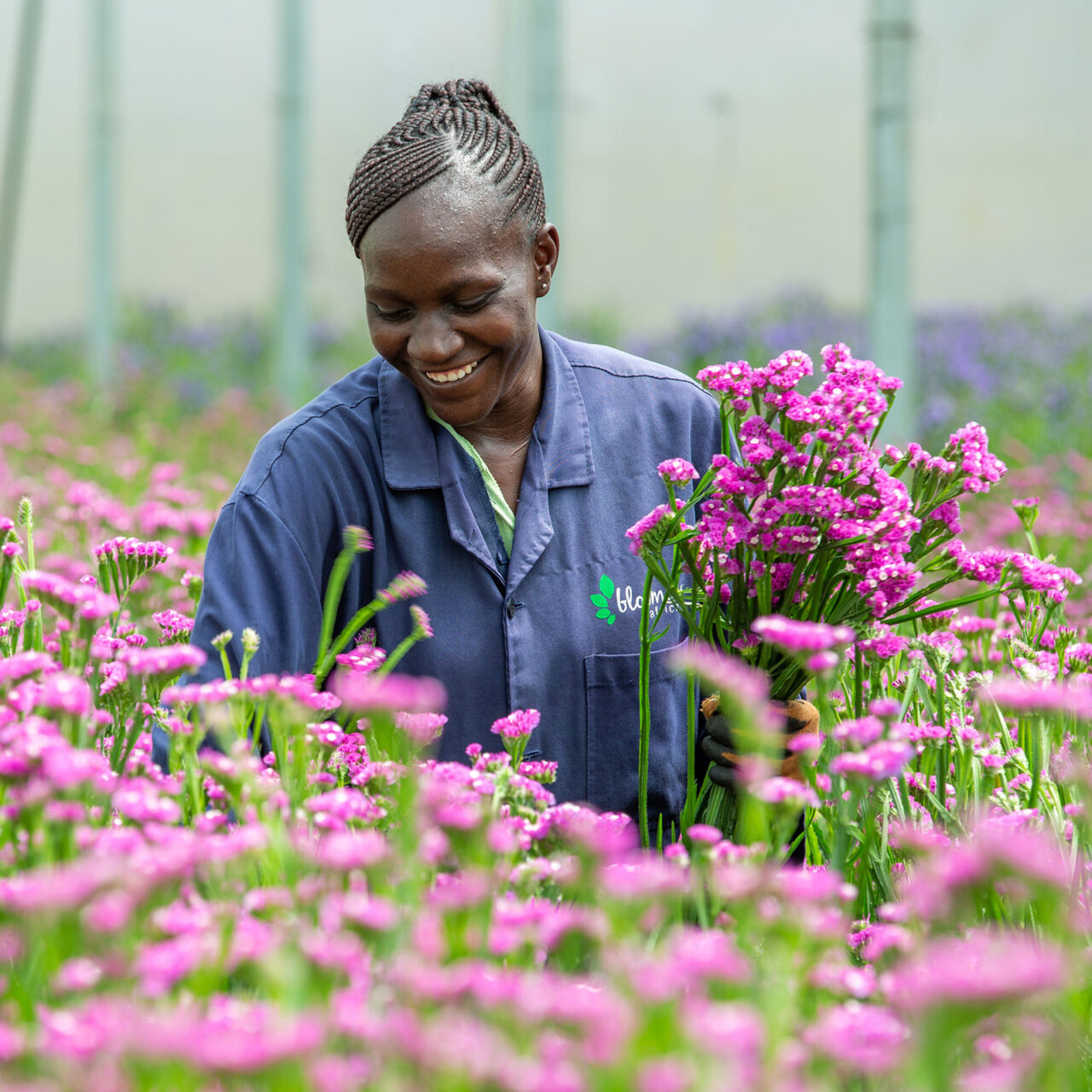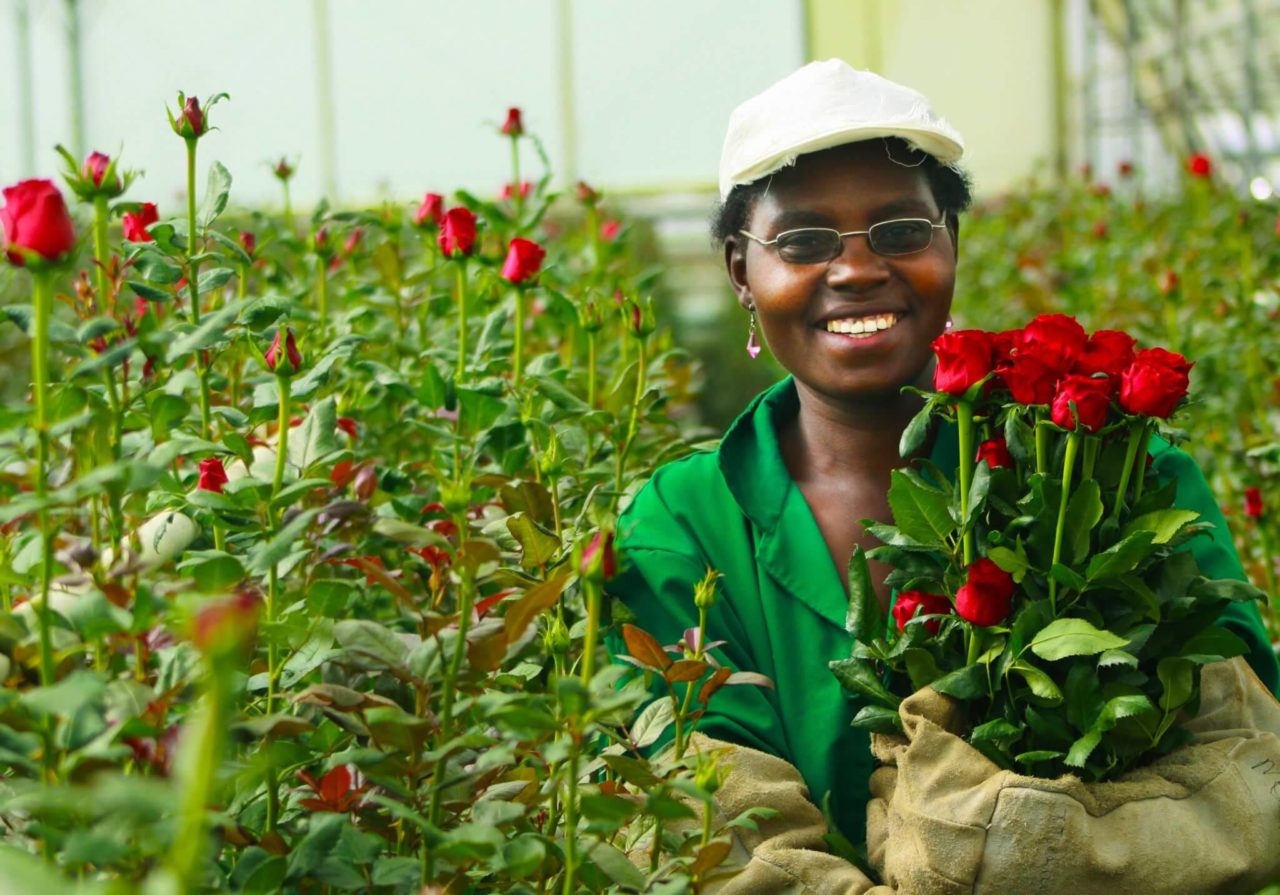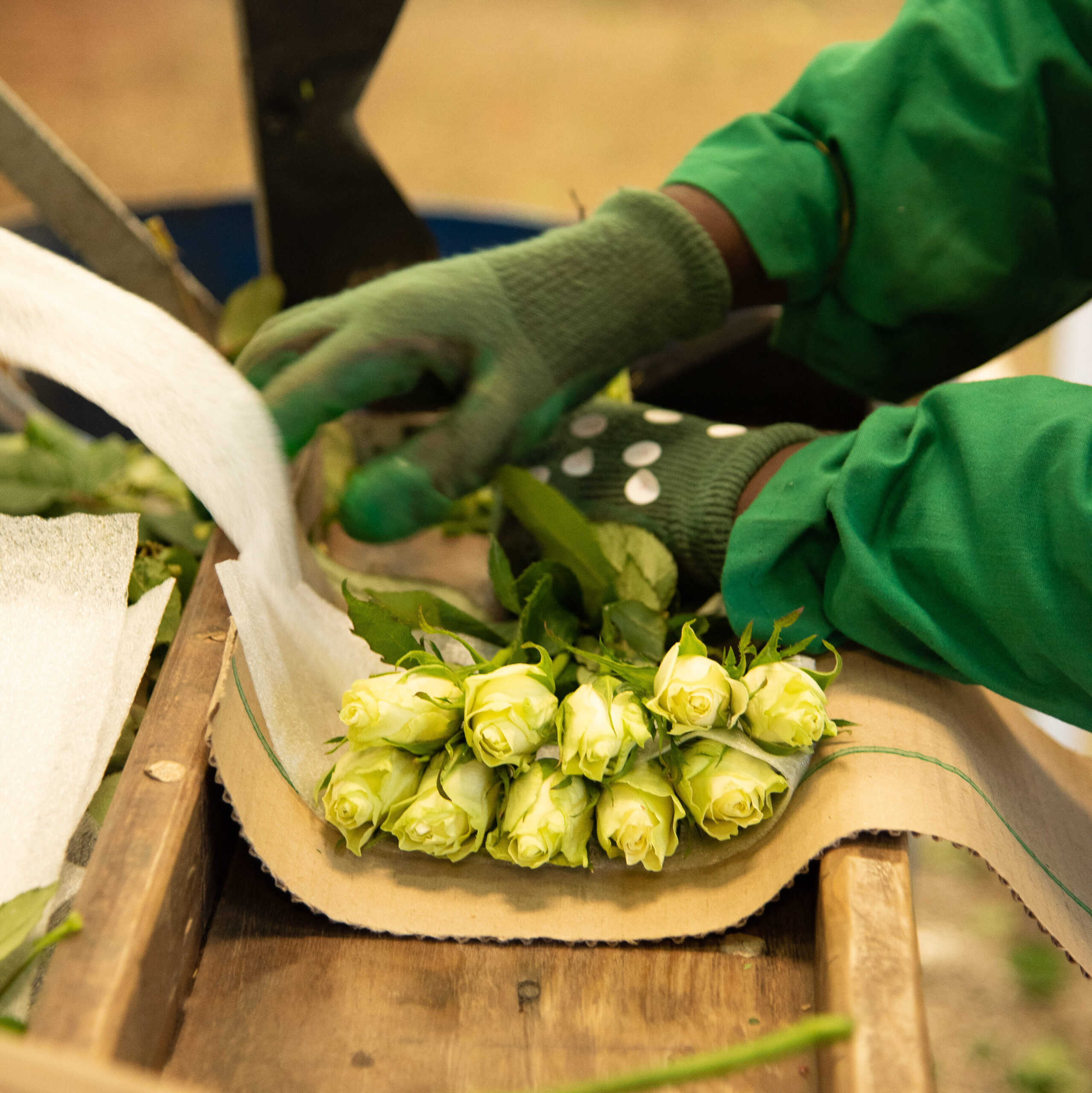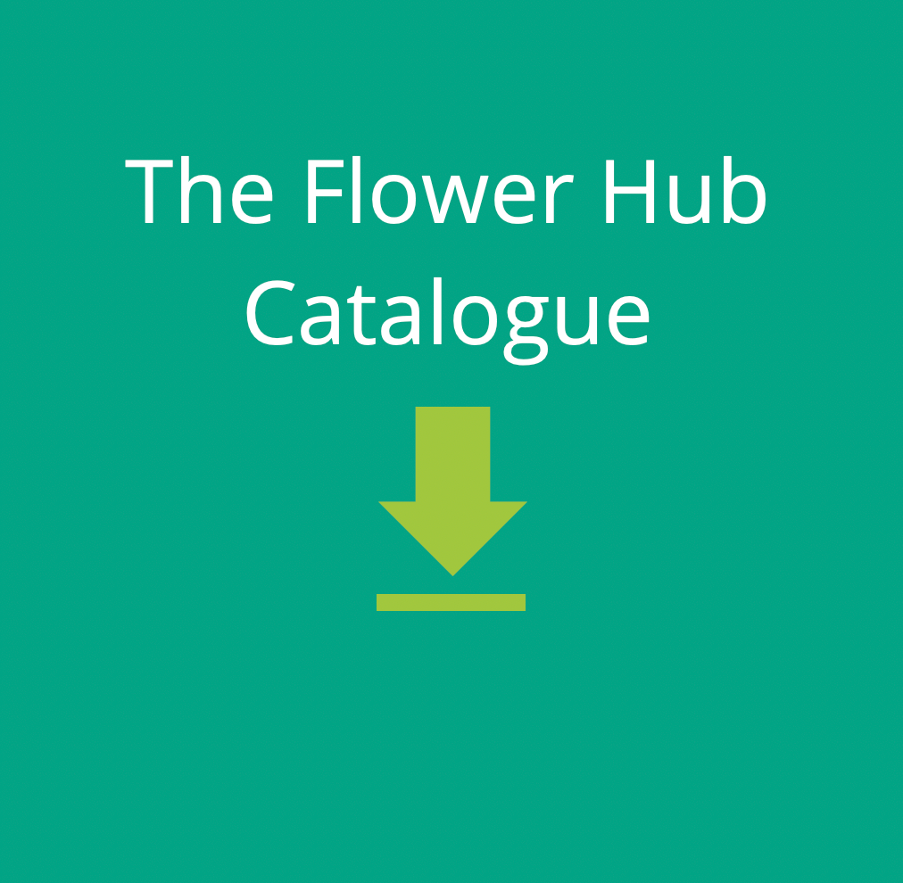Moving forward with Sea Freight: The Flower Hub sends its first full container to UK 330,000 Roses are on their way
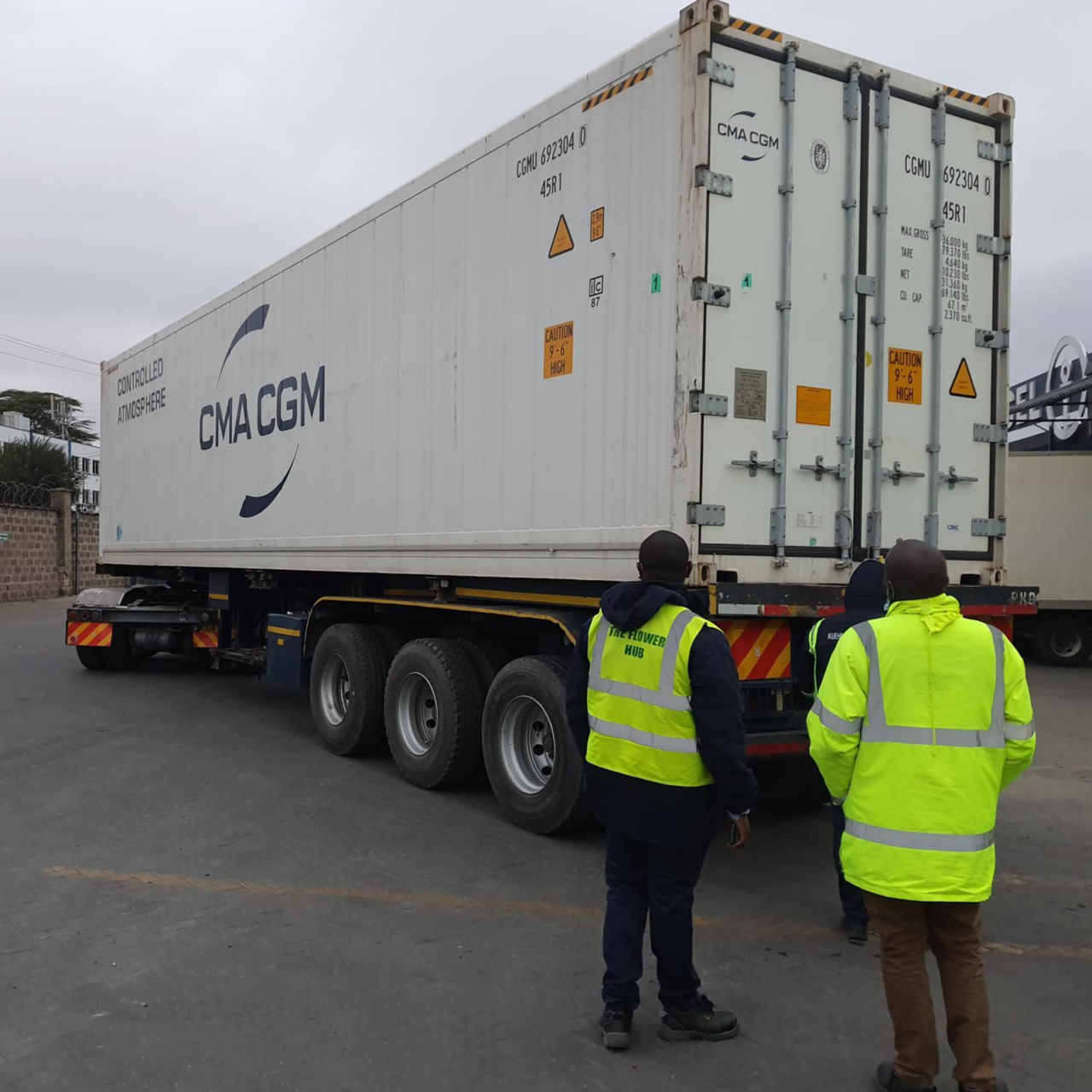
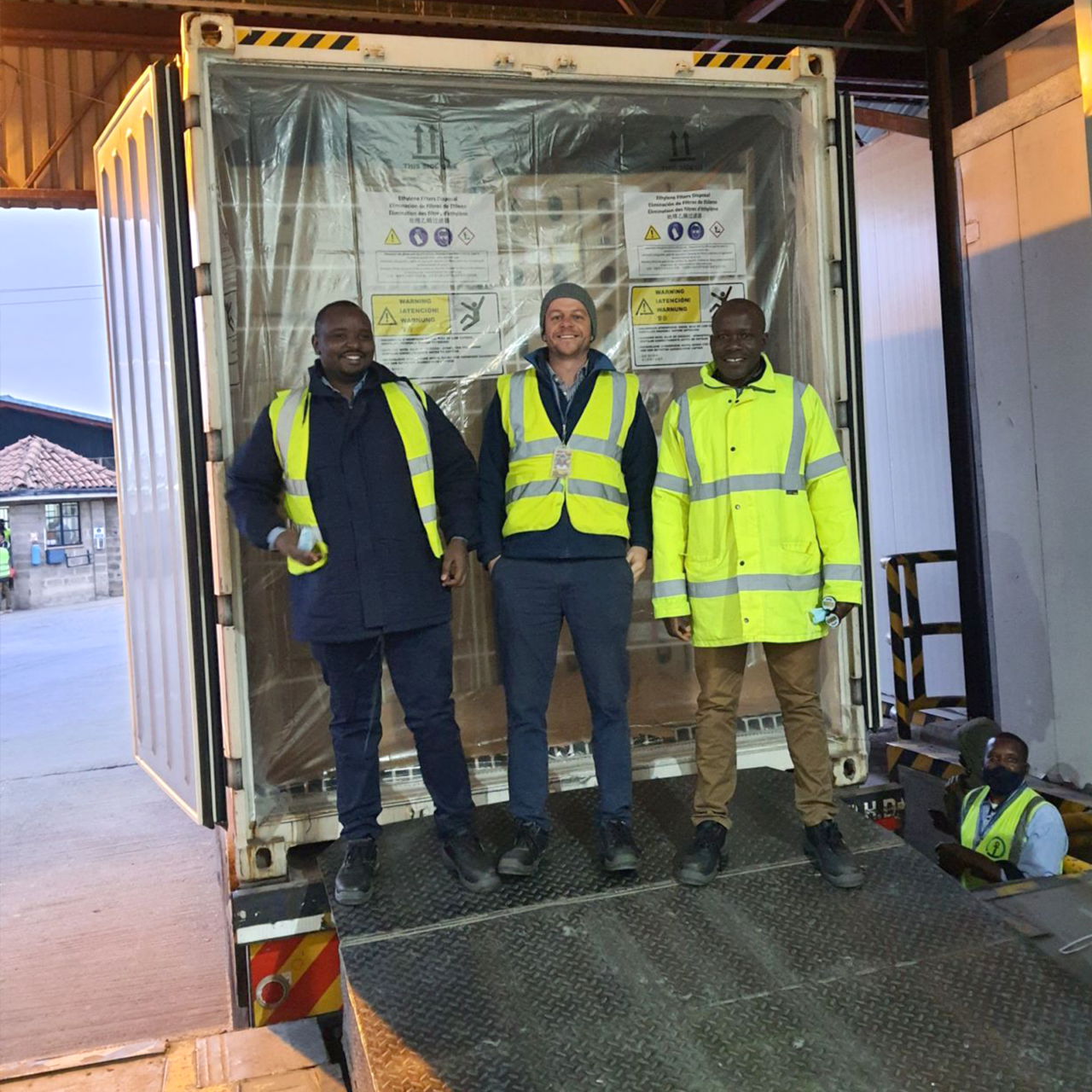
Think of fresh flowers shipped globally from Kenya, and you would probably assume that they are sent by air – which has been the way for many years, given the perceived fragile nature and relatively short vase life of the blooms.
Due to massive disruption caused by Covid 19, however, there has been an unexpected shift in the mode of transportation.
The Pandemic left the Kenyan air freight services in considerable disarray – in 2020 capacity dropped by up to 40% while prices soared. During that time, government-imposed lockdowns and restrictions on gatherings throughout the world led to a huge slump in demand for flowers. Many growers were left having to destroy part of their harvest, and the industry was seriously under threat.
As a response to the Pandemic, The Business Partnership for Global Goals programme, funded by Foreign Commonwealth and Development Office (FCDO) UK, set up the Vulnerable Supply Chains Facility (VSCF). Together with Flamingo International of Holland, the VSCF supported a 12-month project to test the viability of sea freight transportation of Kenyan flowers to Europe and the UK.
Previously the routes were underdeveloped due to the many flower producers who were reluctant to use sea freight. Any delays on such a time-crucial cargo such as bad weather, port strikes or negligence could lead to the entire crop being wasted.
Today there remains a shortage of air freight capacity along with continually rising costs, so the sea freight option is rapidly expanding as growers have sought to rebuild their livelihood.
The Flower Hub has responded to the challenge, and has just dispatched its first full sea container from Mombasa to the UK, sailing to Southampton via Jeddah. The journey will take 23-25 days depending on the weather.
How do the flowers last during a voyage which takes over 3 weeks?
Effectively they are “put to sleep” for the duration of the journey! They travel in a special Controlled Atmosphere Container at a temperature of 0.5° Celsius. The container also reduces the oxygen level to 4%, while increasing the carbon dioxide level to 4%. This is to regulate transpiration and respiration, keeping the flowers dormant.
On arrival in the UK, our container will be unloaded before inspection by Customs and DEFRA. Then the flowers are unpacked as they would be after air freight, the stems are trimmed and they are placed in buckets of water with flower food – a sterile sugar solution, to wake them up. We like to compare it with having a cup of tea in the morning to get you going again after a good night’s sleep!
It has taken us three sets of trials to get to this stage with The Flower Hub, reviewing everything from different crops and the reactions of different varieties, to the shapes and sizes of our boxes. Our flowers are currently travelling in a 40ft container housing 20 pallets, containing 480 boxes. The approximate stem count is around 330,000 – that’s a lot of roses, all heading to a supermarket in the UK!
On arrival in store, the flowers are sold with a vase life of 7 days or more, which is comparable with that of air freighted blooms – a challenge to the industry perception that sea-freight flowers have a shorter vase life. In fact, it has been noted that some roses actually travel better this way.
Sustainability and Social Benefits
A common perception with regard to air freight is that the environmental footprint of Kenyan flowers must be massive. Much of this is actually offset by growing the flowers outside, as opposed to the use of heated greenhouses in Northern Europe.
Sending flowers by sea, however, can reduce carbon emissions by up to 95%.
Using sea freight means greater capacity, so more flowers can be grown for export. This year so far, more than three hundred containers have been exported from Kenya by sea (Jeroen van der Hulst, chief executive at FlowerWatch). This opens the way for more employment for growers and packers, who have undergone extra training in new packaging techniques to prepare the blooms for the longer journey time.
Although sea freight costs are also on the rise, air freight charges are still likely to remain higher. In the long term it is projected that around 20% of flowers bound from Kenya to Europe and the UK will travel by sea.
References:
